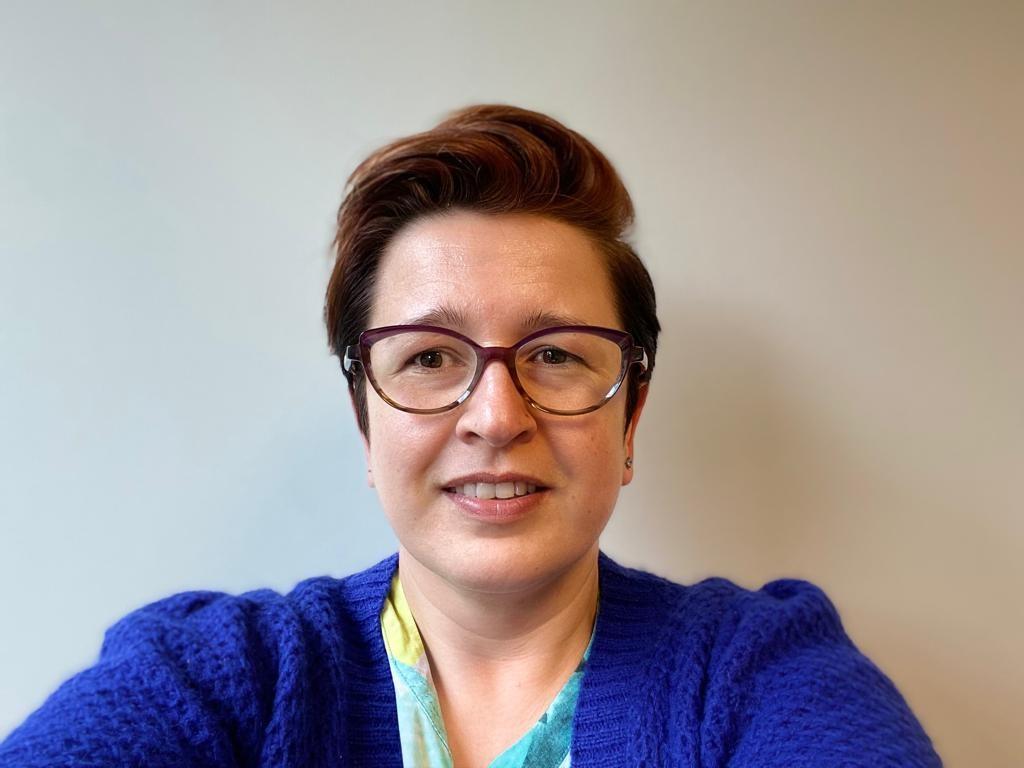
Els Janssens
Executive Manager Secure Data Office
SGS Health Science
How long have you been volunteering at CDISC?
I’ve recently started volunteering at CDISC. I applied to serve on the CORE team in September 2021.
What encouraged you to volunteer your time and expertise with CDISC?
I’ve always been very curious about how the CDISC organization works and how the teams can create such a great amount of standard deliverables which are used by the entire industry. Undeniably, CDISC and its volunteers bring added value to clinical research. I really wanted to contribute to that as well and since my SDTM knowledge had evolved over the years, I felt confident that my expertise would be useful. Additionally, my current company invests a lot in process improvement and data standards so I feel very much supported by them as well. I think it was just the right time to join.
How did you begin working in clinical research?
Like many others, I have a scientific degree and was working in academic research. After finishing my Ph.D. I wanted to step away from core science work and see how science is implemented in the pharmaceutical industry. The function of a Clinical Data Manager sounded appealing to me, although at that time I didn’t really know what it exactly would entail. Luckily, it was immediately clear that it was a match made in heaven.
What did you want to be when you grew up?
There were actually two things that always had my interest when I grew up: animals and houses. So initially I wanted to become a veterinarian or an architect. By the time I turned 18 and I had to make one of the most important decisions of my life, I really didn’t have a clue what the best choice would be for me. I ended up choosing an education that was very broad (Industrial Engineering). Step by step it became clear that science would become my first choice so I graduated in Biotechnology.
How has your involvement in CORE enhanced your CDISC knowledge?
It has certainly given me more insights into the logic behind the SDTM conformance rules. While developing the rules we really had to think about what exactly the intention was of that rule and how that would translate into code. And I’m not a programmer so from time to time it was quite challenging..
Please provide a tip that someone would find helpful in working with CDISC Standards.
A tip I could give for people implementing CDISC SDTM standards when working on studies is: Don’t wait until the end to start thinking about the standards. I’ve worked a lot with SDTM and I have seen many occasions where decisions made in documents (protocol, EDC,…) have a huge impact on SDTM compliance. If you wait with SDTM until your eCRF is finished, you will most likely end up with issues that are very difficult to resolve and that will cost you precious time. Look at the picture of your puzzle before you start connecting the pieces or in other words: embrace the SDTM mindset from the beginning!